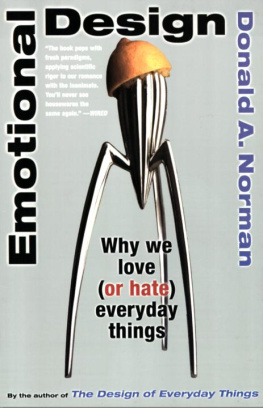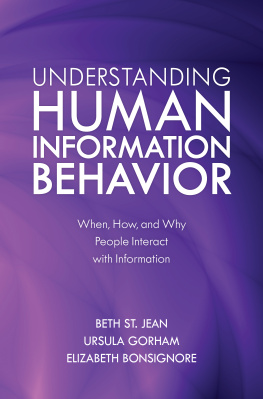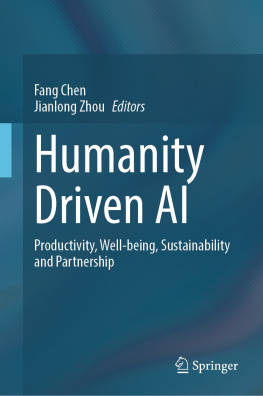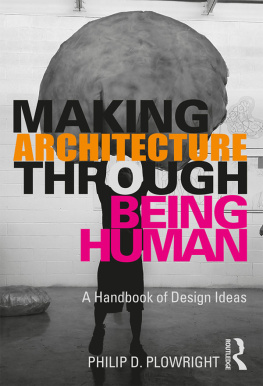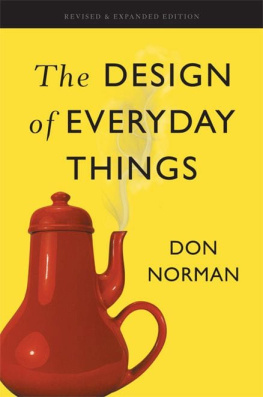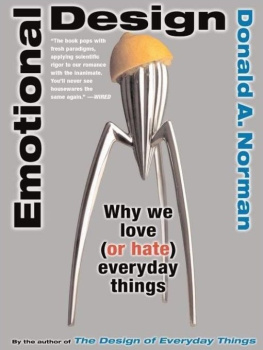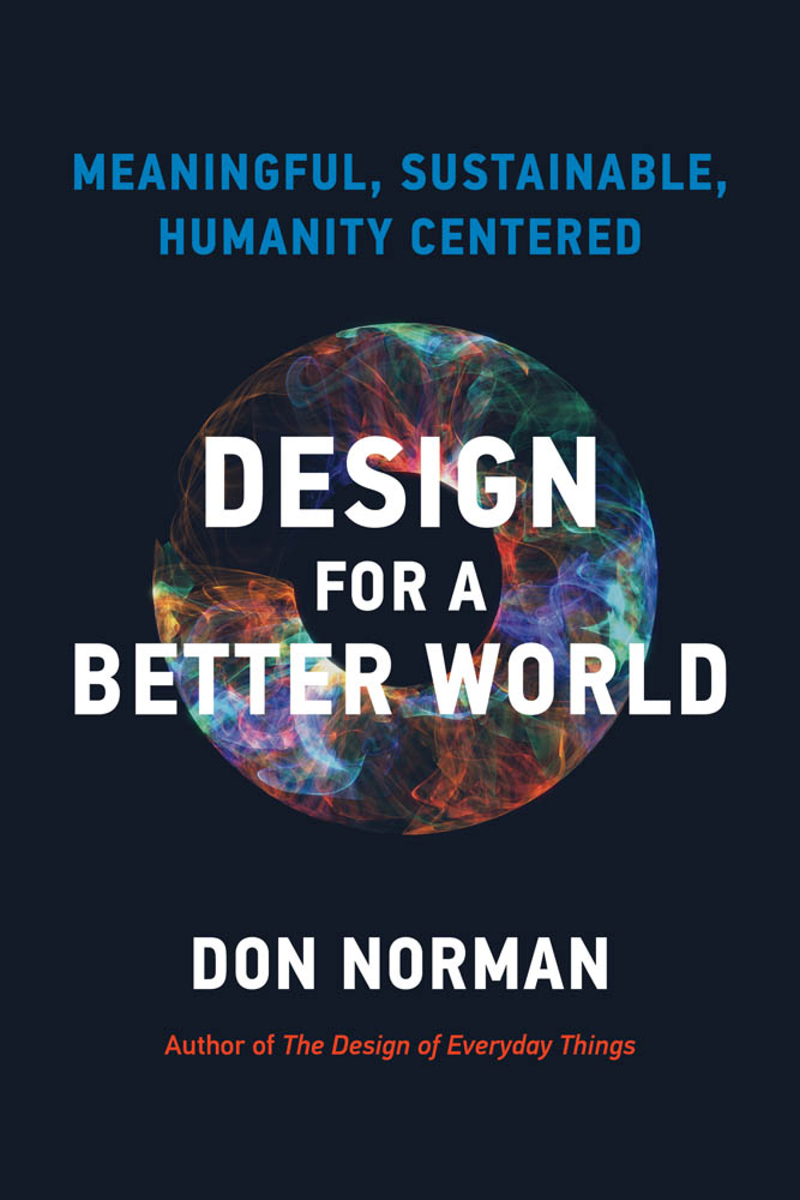Design for a Better World
Also by Don Norman
Textbooks
Memory and Attention: An Introduction to Human Information Processing (first edition, 1969; second edition, 1976)
Human Information Processing (with Peter Lindsay: first edition, 1972; second edition, 1977)
Scientific Monographs
Models of Human Memory (edited, 1970)
Explorations in Cognition (with David E. Rumelhart and the LNR Research Group, 1975)
Perspectives on Cognitive Science (edited, 1981)
User-Centered System Design: New Perspectives on HumanComputer Interaction (edited with Steve Draper, 1986)
General Interest
Learning and Memory, 1982
The Psychology of Everyday Things, 1988
The Design of Everyday Things, 1990 and 2002 (paperbacks of The Psychology of Everyday Things with new prefaces)
The Design of Everyday Things, revised and expanded edition, 2013
Turn Signals Are the Facial Expressions of Automobiles, 1992
Things That Make Us Smart, 1993
The Invisible Computer: Why Good Products Can Fail, the Personal Computer Is So Complex, and Information Appliances Are the Solution, 1998
Emotional Design: Why We Love (or Hate) Everyday Things, 2004
The Design of Future Things, 2007
A Comprehensive Strategy for Better Reading: Cognition and Emotion, 2010 (with Masanori Okimoto; my essays, with commentary in Japanese, used for teaching English as a second language to Japanese speakers)
Living with Complexity, 2011
CD-ROM
First Person: Donald A. Norman. Defending Human Attributes in the Age of the Machine, 1994
Design for a Better World
Meaningful, Sustainable, Humanity Centered
Don Norman
The MIT Press
Cambridge, Massachusetts
London, England
2023 Don Norman
All rights reserved. No part of this book may be reproduced in any form by any electronic or mechanical means (including photocopying, recording, or information storage and retrieval) without permission in writing from the publisher.
The MIT Press would like to thank the anonymous peer reviewers who provided comments on drafts of this book. The generous work of academic experts is essential for establishing the authority and quality of our publications. We acknowledge with gratitude the contributions of these otherwise uncredited readers.
This book was set in Gotham Book by the MIT Press.
Library of Congress Cataloging-in-Publication Data
Names: Norman, Donald A., author.
Title: Design for a better world : meaningful, sustainable, humanity centered / Don Norman.
Description: Cambridge, Massachusetts : The MIT Press, [2023] | Includes bibliographical references and index.
Identifiers: LCCN 2022028462 (print) | LCCN 2022028463 (ebook) | ISBN 9780262047951 (hardcover) | ISBN 9780262373845 (epub) | ISBN 9780262373838 (pdf)
Subjects: LCSH: Design. | Technology. | DesignPolitical aspects.
Classification: LCC NK1520.N67 2023 (print) | LCC NK1520 (ebook) | DDC 745.4dc23/eng/20220719
LC record available at https://lccn.loc.gov/2022028462
LC ebook record available at https://lccn.loc.gov/2022028463
10 9 8 7 6 5 4 3 2 1
d_r0
To my students:
Past, Present, and Future
Contents
I
Artificial
Almost Everything I See Is Artificial
Almost Everything Artificial Has Been Designed
As I sit down to write, I peer to my left out the window looking south to the scene outside. I live on a steep hill in San Diego, California (the local name is Mount Soledad), so my view extends for miles, across the trees and vegetation outside my window, populated by bees, lizards, and hummingbirds, juncos and crows, Red-breasted Hawks, and other creatures I cannot yet name. Even the occasional rabbit. In the distance, I can see the waters of Mission Bay with its many small boats, the Pacific Ocean to the right, with its larger boats and ships, and on a clear day even the hills of the Coronado Islands and the mountain range in the adjoining country, Mexico.
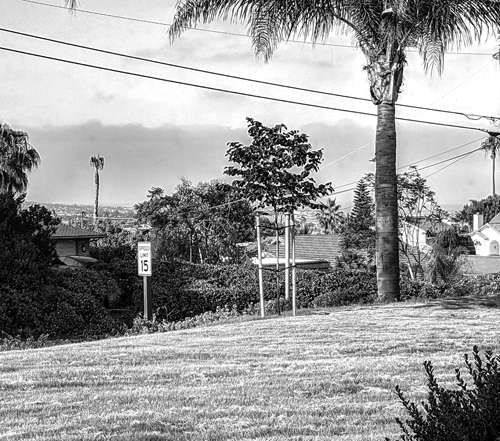
Figure 1.1
The view from my window: everything is there by design. Photo by the author.
Almost everything I see is artificial, designed. The house is designed and made by people, but even the yard was carefully crafted out of the hills and ravines to be level and smooth by excavating some parts and building up other parts with dirt, some of it from the building of Mission Bay, which was created from what once was a wetland and marsh. The result of this transformation is the largest human-made aquatic park in the United States, where, as is common with this kind of project, ecological concerns were overridden by the requirements for recreation.
The plants and animals are natural but carefully tended by people, who kill or remove those we disapprove of. The houses and roads are clearly designed; the plants are carefully planted and maintained, from the grass to the towering palm trees, some more than 100 feet (30 meters) tall. The weeds were not planned; they are side effects, sometimes called the unexpected consequences, except that weeds are always expected.
What about the animals? The wildlife is natural, but its habitat and survival depend entirely on the protection offered by this quiet community and its plants and buildings, which offer shelter and places for burrows and nests. All are aided by the availability of food: leaves and flowers for some of the birds; seeds, insects, and worms for some; and small animals and birds for raptors such as hawks to feed upon. So you could say that the presence of all this living life is another side effect: I suspect some of the animals were both expected and welcomed, but some of them, like the weeds, are considered nuisances and pests, including the gophers and rattlesnakes.
Note that even the terms weed and pest are artificial, for they are not descriptions that nature would use. A weed is a perfectly reasonable plant, just as an animal that is a pest is simply living the way it has evolved to live. It is people who label these natural lives depending on their opinions of plants such as palm trees and dandelions or of animals such as hummingbirds and gophers. People prefer grass, carefully trimmed and maintained: weeds are ungainly. People like animals that do not disturb the environment (or at least the animals should do so out of sight). Gophers make holes in the ground, destroying the naturalness of the artificially planted, cropped, and maintained lawns. This is not a bad metaphor for many of the ailments of the world. We like diversity and naturalness, but only as long as they do not interfere with our lives.
We live in a world designed by people. Artifacts abound, from our homes and clothes to our tools, our books. The concept of countries and forms of government are artificial, designed by people. Even things that we think of as natural, a part of naturesuch as the earth, the environment, animals, and plantshave been shaped and impacted by people's creations and activities. And design hasn't affected just objects. People inventeddesignedorganizational structures and ways of governing themselves. Hunting and farming. Ways of preparing and cooking food for eating. What else? Name it, and you realize it is artificial, designed. Money, laws and lawyers, clothing, the notion of a country, how people are named. And just as these designs have shaped, molded, and constrained these things, they have in turn shaped us, so we are no longer natural.


